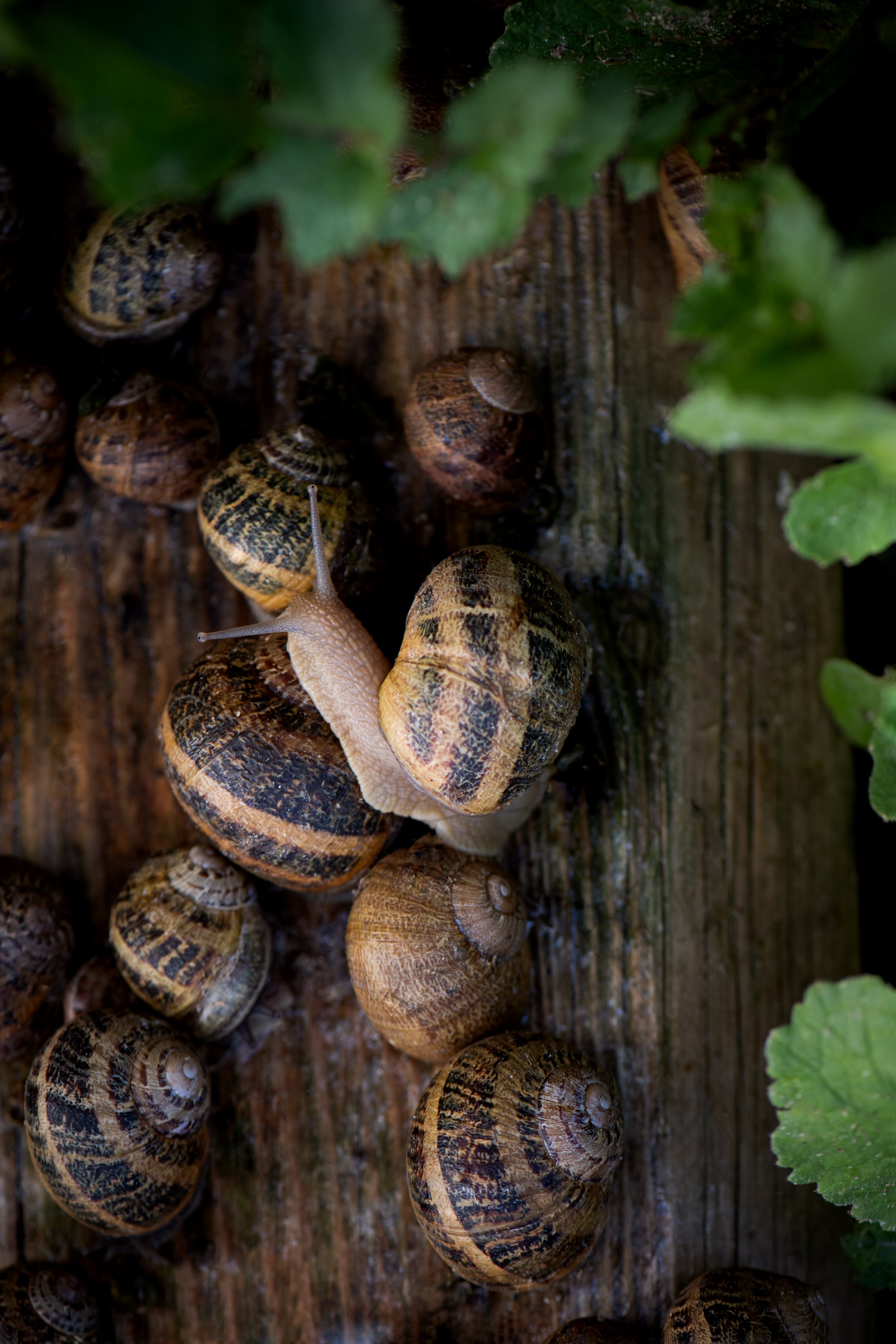
The snail
The snail can be found in various original recipes all over the world. And that extends far into the past. Prehistoric finds from the Stone Age document that, alongside bird bones and mussel shells, snail shells were also among the most popular foods. Especially since the Middle Ages, piebalds have become increasingly important in our part of the world. The snail has gone through many stages of different value. From poor people's food after the war to the welcome source of protein for monks and clergy during Lent. Vienna became a snail stronghold, with its own snail market for the "Viennese oyster", as the snail is also called.
However, since the Roman snail has a slow cycle - it takes three years to reach sexual maturity - the annual collection of the snail has seriously endangered the population. Therefore, the Roman snail has been protected since the 1970s and collecting it from the wild is prohibited. This may have meant that obtaining fresh snail meat became too difficult and the snail was slowly removed from menus.
For several years now, the pioneers of snail farming, in collaboration with upscale restaurants, have made the "Escargot" (food snail) salon-worthy again.
At the “food fairs” around the world, everywhere you come across so-called “Future Food”. The snail can also be included here. Because it requires around 80% fewer valuable resources than normal meat production. It only needs a fraction of the agricultural land, feed and water to produce the same amount of muscle meat. And all of this without releasing the greenhouse gas-producing manure.
All of this makes the Roman snail not only a tasty and protein-rich, but also a particularly valuable food source for the future.

